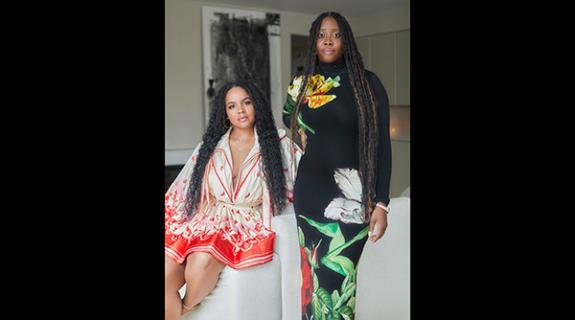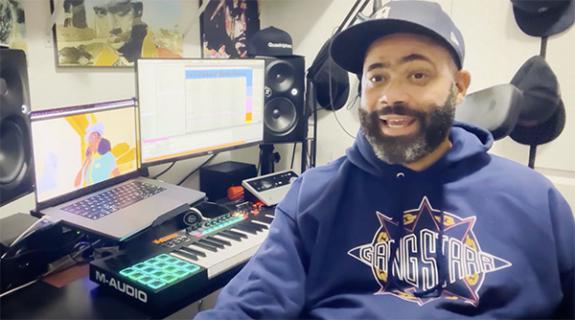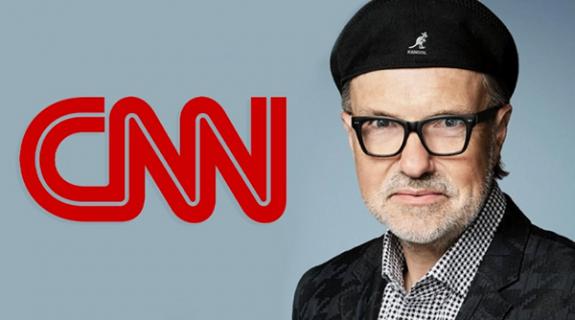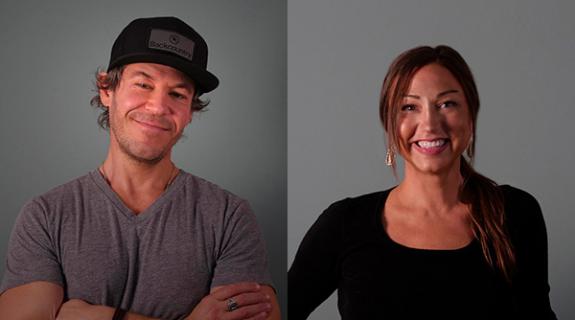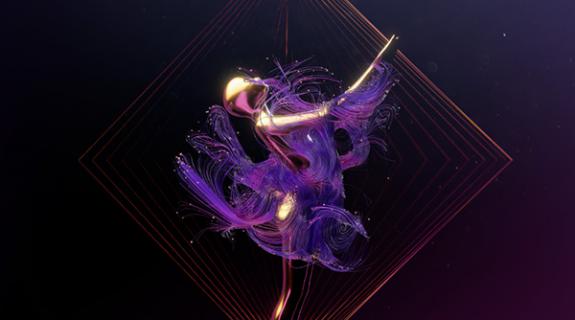Like all live sports, Nascar had to shut down when COVID-19 hit in a real way in March, but over the next couple of months—also like all sports—America’s car-racing obsession figured out a way back, at first without fans in stadiums and later with some.
Now Nascar is through its 2020 season and looking toward 2021, with its biggest event of the year, the Daytona 500, coming up in February. To find out how Nascar plans to manage next year, AdAge Assistant Managing Editor EJ Schultz sat down with Nascar SVP, Marketing, Pete Jung in a webinar on Thursday.
Nascar’s focus for the future is on attracting new fans and expanding internationally, Jung said, although the pandemic put something of a damper on some of those plans. While it continued to put out plenty of content for its hard-core contingent, it also looked elsewhere when it came to flagging down new fans.
“We’re doing new things to bridge relevant gaps,” said Jung. “We’re working more with celebrities, influencers and new media platforms we haven’t invested in in the past. That’s a challenge and an opportunity that just started this year that we hope will carry over into 2021 and beyond.”
Nascar recruited celebrities to star in social spots for the sport—such as Olympic gymnast Gabby Douglas, Cleveland Browns star Baker Mayfield, musical group Hansen, rapper Nelly, Modern Family’s Eric Stonestreet, Mötley Crüe’s Vince Neil, Guardians of the Galaxy’s Michael Rooker and more—and then splashed those spots across social media.
“The purpose of these was not to talk to existing NASCAR fans but to other fans and pique their interest in upcoming months,” Jung said. “We had the celebrity launch them on their channel, boosted that from their channel and then we used them in some of our media that have a low propensity of Nascar fans.”
Some of the videos, like Douglas’, explained what was happening in the sport, while others introduced leading championship contenders. Many of the celebrities also featured the spots on their own social-media channels, helping to expand the messages’ reach.
Also like most other major league sports this year, Nascar had to figure out how it was going to meet the protests against racial injustice and police brutality in the wake of George Floyd’s death at the hands of former Minneapolis police. It decided to remove the confederate flag from all of its branding and venues, a move that some of its most dedicated fans did not like, but that many others applauded, said Jung.
“The reality is that flag made a lot of people uncomfortable. One of our key tenets as a brand is to be inclusive and to make everyone feel welcome,” said Jung. “I think it opened up the door to a whole lot more people rather than a small group of fans with whom that decision didn’t sit well. There’s way more upside with that decision than downside and I think it opens up a lot of doors to us going forward.”
Nascar also hired a new vice president of diversity and inclusion, Brandon Thompson, and it’s dedicating more resources to that effort, he said.
“We’re taking a three-pronged approach: internally, we’re looking at what we’re doing as a company to foster greater diversity and inclusion,” Jung said. “Within the industry, we’re focusing on training and understanding. And externally, there’s a close connection between diversity and marketing. When we’re marketing to multicultural audiences, we’re making sure diversity and inclusion is part of our branding messaging.”
Nascar isn’t known for the diversity of its sport and in fact only two drivers in its top series are of color: Black driver Bubba Wallace and Mexican driver Daniel Suarez. Both drivers are driving for new teams: Wallace will be the face of the new joint venture 23X1 between basketball great Michael Jordan and driver Denny Hamlin, while Suarez will lead new team TrackHouse, started by former Nascar driver Justin Marks.
“The approach, philosophy and way those race teams are structured is different than our traditional race teams,” said Jung. “They are poised to reach new audiences and gain relevance in pop culture. We’re excited for what lies ahead for those two teams.”
Nascar also has been eyeing international expansion for years and already conducts series in Mexico, Canada and Europe, with more territories expected to come online next year, Jung said, although he could not disclose which territories.
“A lot of people don’t know [we have these series]. We probably need to do a better job of making people aware of those series and the racing in those countries. International is a huge priority for us. I’m pretty certain that in the next couple of months you’ll be seeing some announcements from Nascar in terms of entering a few additional markets. Those plans are on pause given the global pandemic but international expansion is a major growth strategy for the company.”
In the meantime, Nascar will continue its efforts to pair sponsors with fans, whether that’s in person at a race or virtually. This year, it partnered with four premiere sponsors—instead of one title sponsor—giving opportunities to Comcast Xfinity, Anheuser-Busch, Geico and Coca-Cola.
“There’s been so much learning about the different technology and platforms to make the virtual experience as meaningful and valuable as possible. This is all new to us,” said Jung. “Whether it’s b2b or consumers and fans, people have gotten more accustomed to virtual experiences and hospitality. We’ve already got some ideas to take that to new levels in 2021 and until we’re able to safely do more stuff in person.”



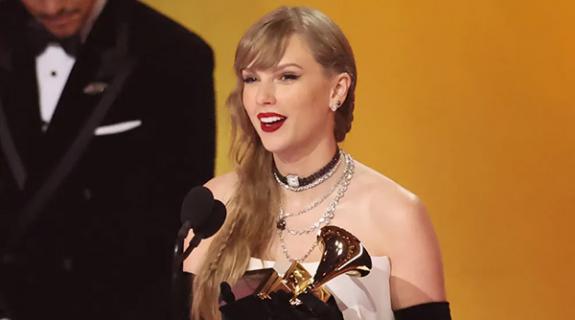
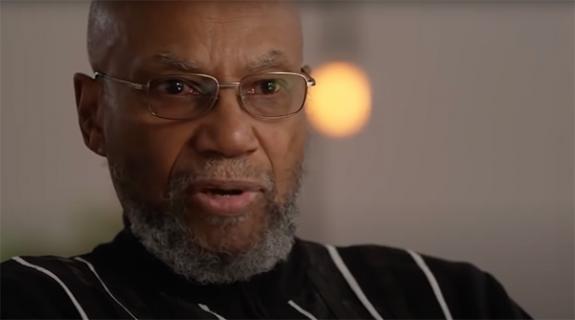

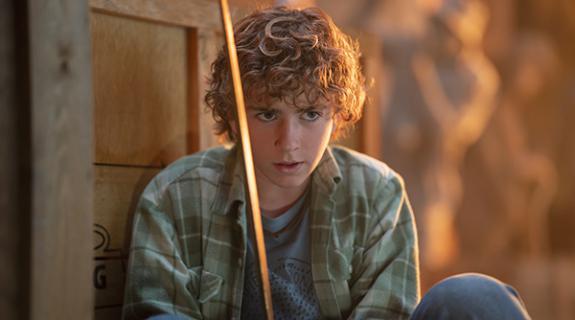
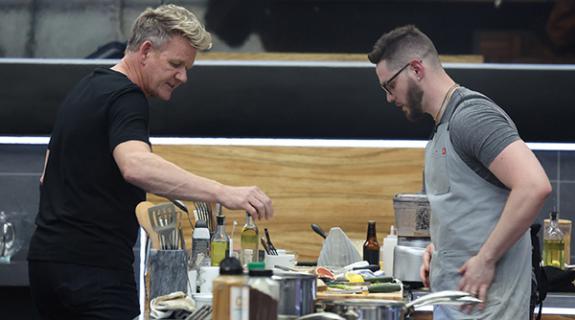
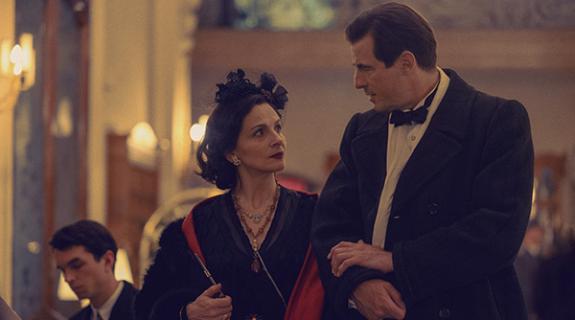
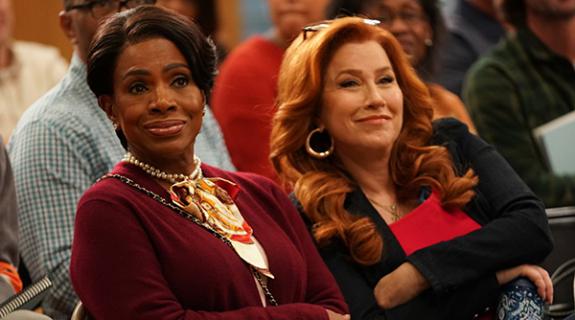
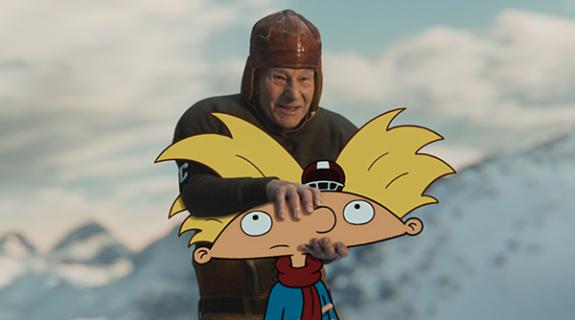

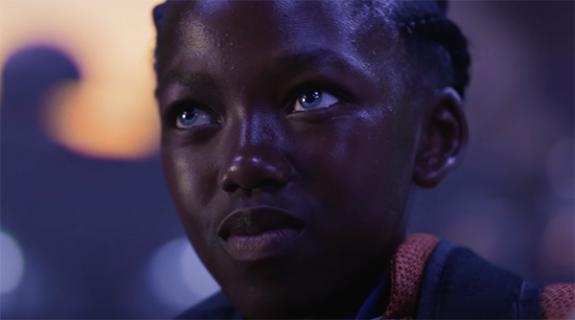
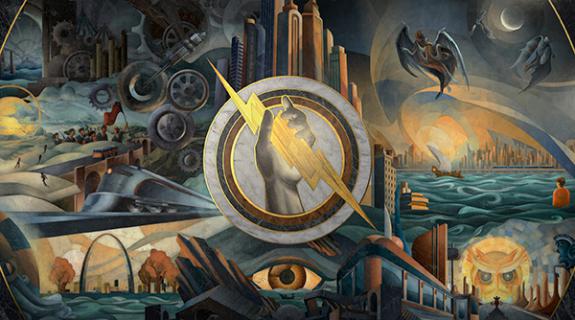
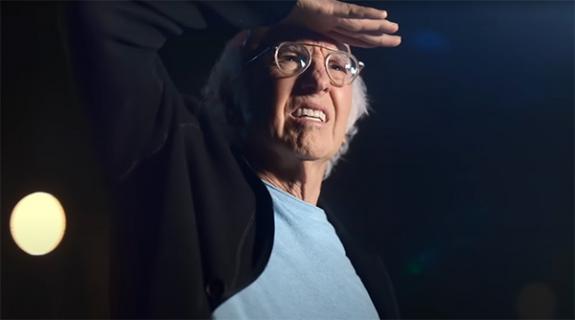


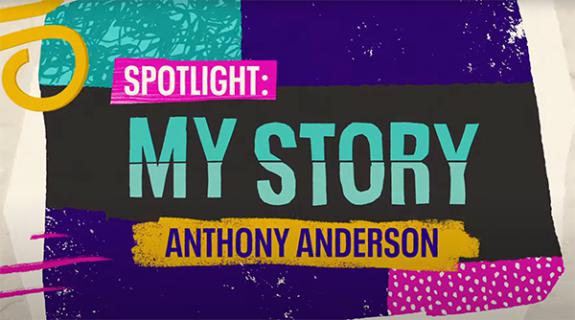
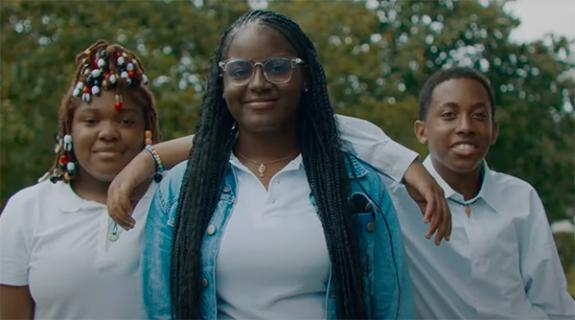
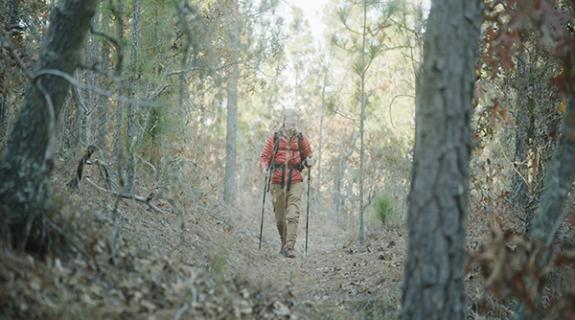
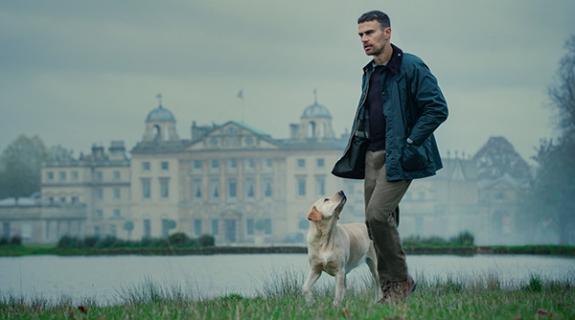
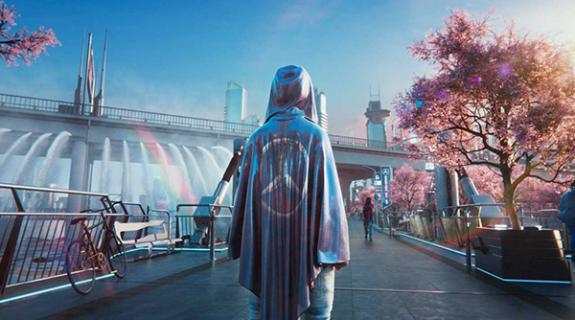
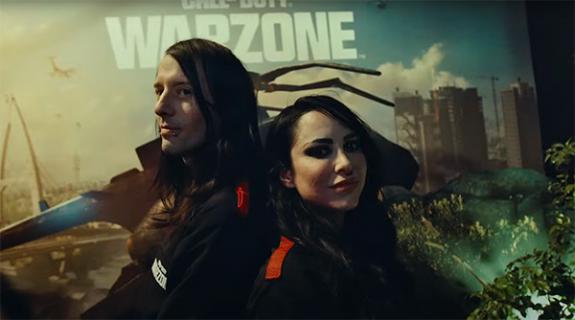
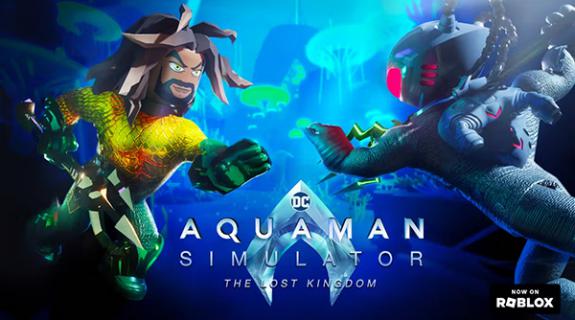
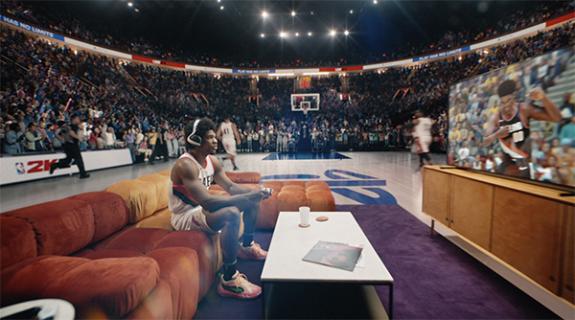
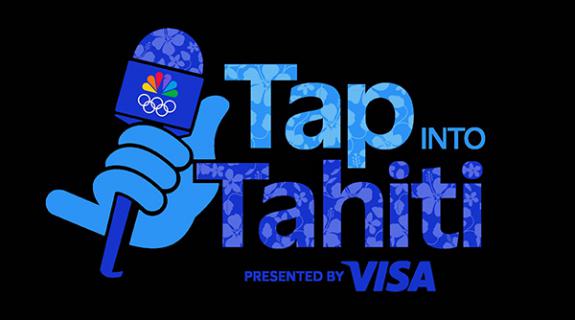
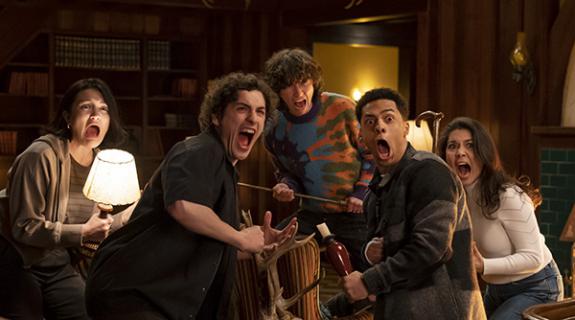
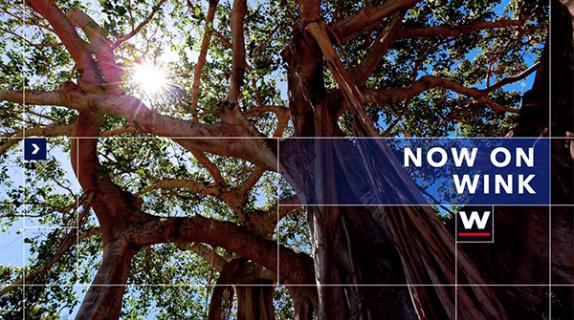

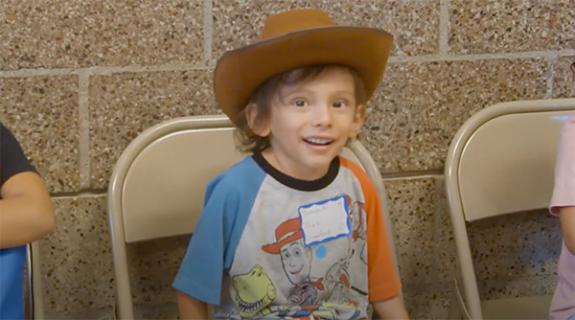
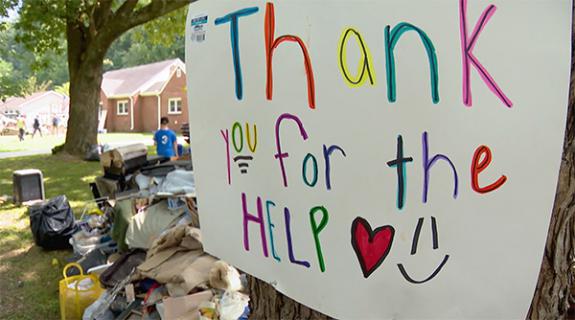


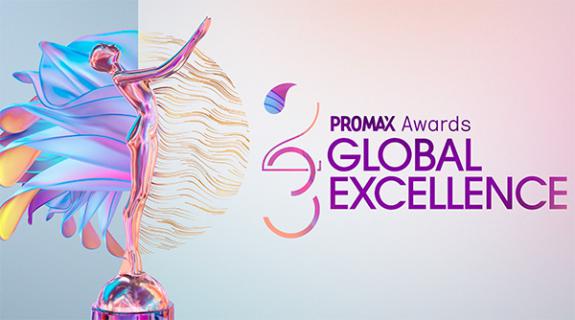

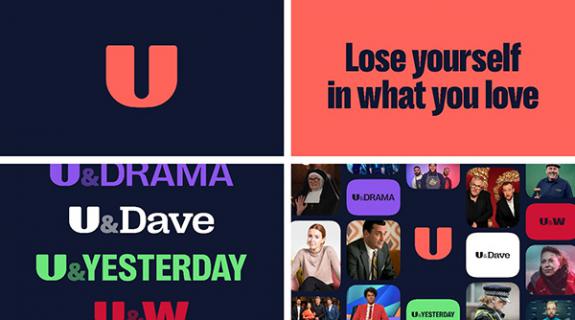



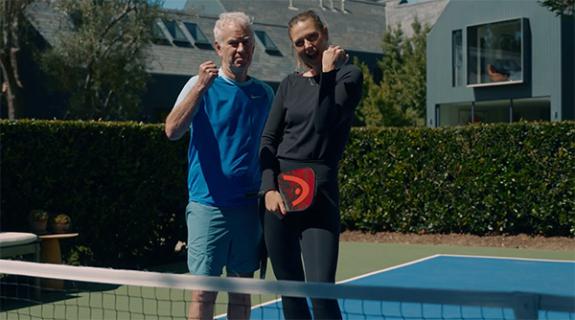


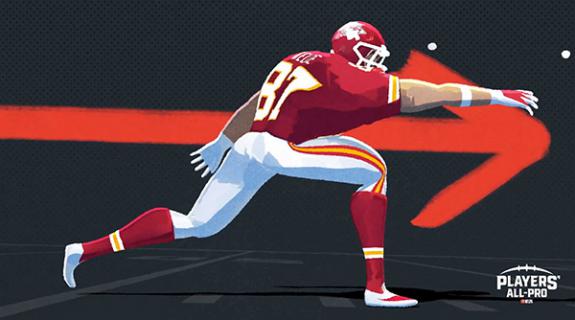
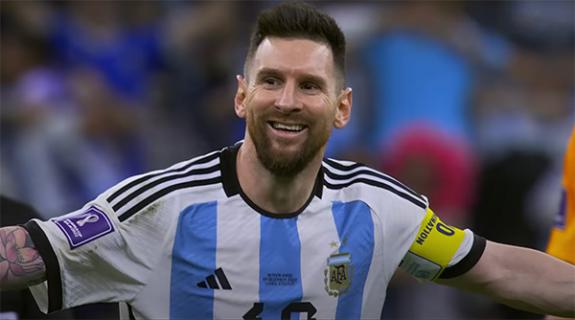
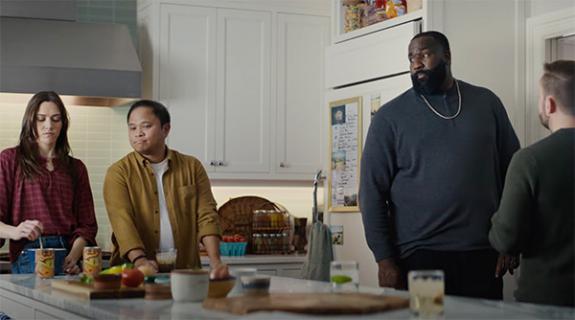
__twocolumncontent.jpg)
